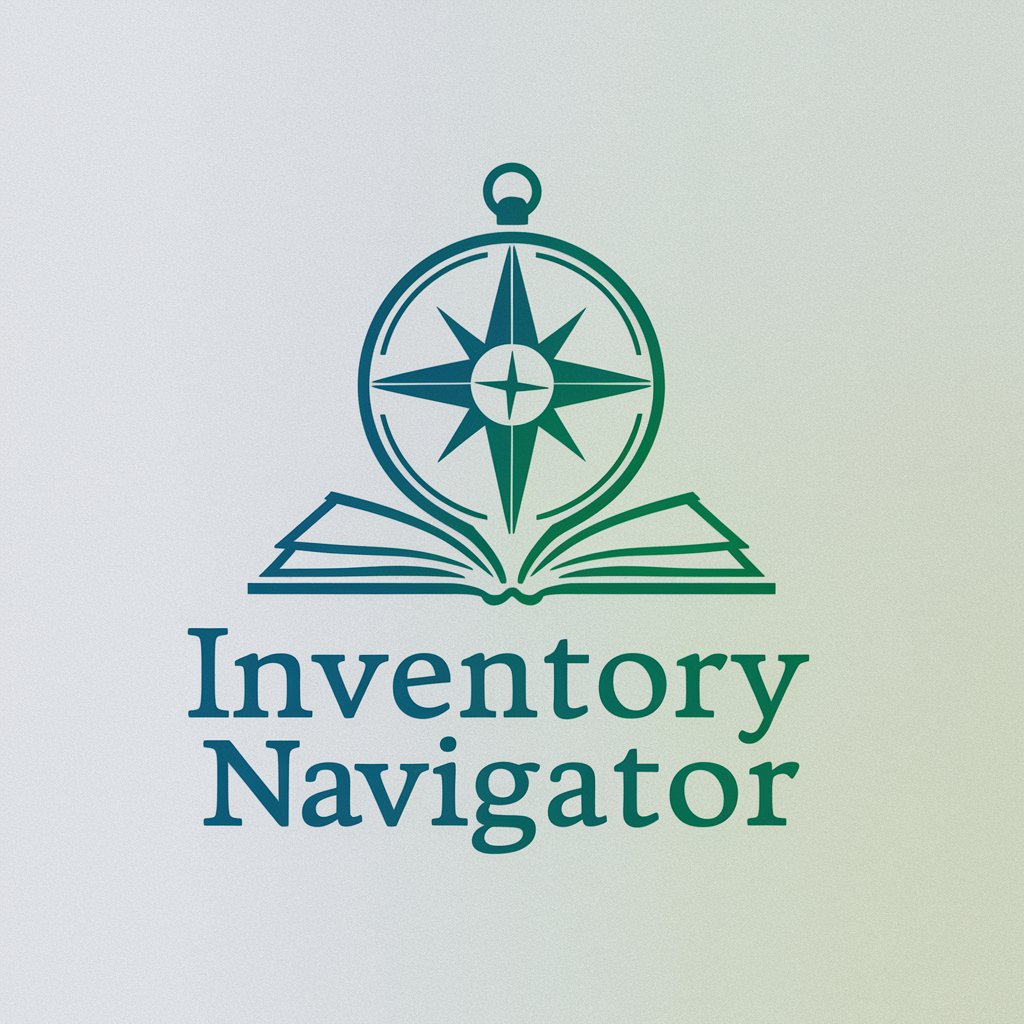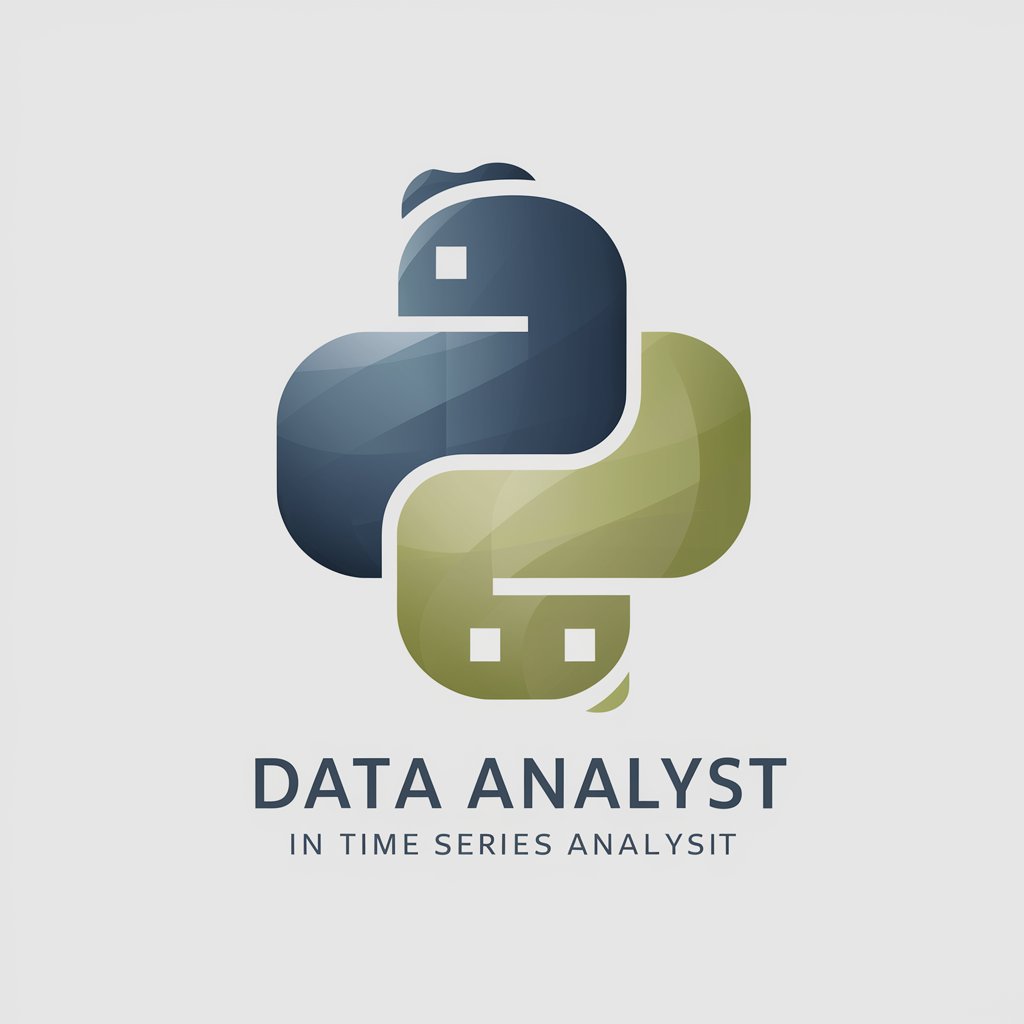4 GPTs for Forecasting Analysis Powered by AI for Free of 2025
AI GPTs for Forecasting Analysis are advanced computational tools that leverage Generative Pre-trained Transformers to perform predictive analytics. These AI models are trained on vast datasets to understand and generate human-like text, making them highly effective for tasks in forecasting and analysis. By analyzing historical data, GPTs can identify patterns and trends to make informed predictions about future events, behaviors, or market trends. This capability is particularly relevant in areas where forecasting accuracy can significantly impact decision-making and strategic planning.
Top 4 GPTs for Forecasting Analysis are: Time Series Tutor,Accounting Ace,Inventory Navigator,Python Power: Unleash Time Series Analysis Magic
Time Series Tutor
Empowering analysis with AI-driven insights

Accounting Ace
AI-powered accounting expertise at your fingertips

Inventory Navigator
Simplifying Inventory Management with AI

Python Power: Unleash Time Series Analysis Magic
Empower Your Data with AI-Driven Time Series Analysis

Essential Characteristics and Capabilities
AI GPTs for Forecasting Analysis stand out due to their adaptability, allowing them to cater to a wide range of forecasting needs, from straightforward trend predictions to complex scenario analyses. Key features include natural language processing for interpreting and generating insights, advanced data analysis capabilities for uncovering patterns, and the ability to learn from new information. Additionally, some GPTs offer specialized features like technical support, web searching, image creation, and the integration of external data sources to enhance forecasting accuracy.
Who Benefits from Forecasting Analysis GPTs
These tools are designed for a diverse audience, including novices interested in understanding forecasting, developers seeking to create custom forecasting models, and professionals in finance, marketing, and other fields where predictive analytics are crucial. They are accessible to users without programming skills through user-friendly interfaces, while offering APIs and customization options for those with technical expertise.
Try Our other AI GPTs tools for Free
Stock Updates
Explore AI-powered GPT tools for real-time stock updates, market analysis, and predictive insights. Tailored for investors and traders of all levels to navigate the stock market effectively.
Educational Coordination
Discover how AI GPTs for Educational Coordination are revolutionizing the management and delivery of education, offering tailored, efficient solutions for educators and learners alike.
Remote Work Strategies
Discover how AI GPTs for Remote Work Strategies leverage advanced AI to optimize productivity, automate tasks, and enhance collaboration in remote settings.
Soccer Coaching
Discover how AI GPTs are revolutionizing soccer coaching with tailored analytics, strategy development, and training optimization for coaches and players alike.
Soccer News
Discover how AI GPTs are revolutionizing Soccer News with real-time updates, in-depth analysis, and tailored content creation for fans and professionals alike.
Blogging Assistance
Discover how AI GPT tools for Blogging Assistance revolutionize content creation with automated writing, SEO optimization, and personalized blogging solutions.
Leveraging GPTs for Customized Forecasting Solutions
AI GPTs offer customizable solutions that can be integrated into various sectors, enhancing decision-making processes with accurate predictions. Their user-friendly interfaces facilitate ease of use, while their adaptability allows for seamless integration with existing systems or workflows, making them a versatile tool in the arsenal of forecasting professionals.
Frequently Asked Questions
What are AI GPTs for Forecasting Analysis?
AI GPTs for Forecasting Analysis are intelligent tools that use machine learning to provide predictive insights and analyses, helping users forecast future trends and outcomes based on historical data.
How do these tools improve forecasting accuracy?
By leveraging vast amounts of data and learning from patterns, AI GPTs can identify trends and potential future outcomes more accurately than traditional forecasting methods.
Can non-technical users utilize these tools effectively?
Yes, many GPTs are designed with user-friendly interfaces that require no programming skills, making them accessible to a wide range of users.
How do GPTs adapt to different forecasting needs?
GPTs can be trained on specific datasets or configured with custom parameters to cater to various forecasting scenarios and industries.
What specialized features do some GPTs offer?
Certain GPTs may offer features such as web searching, image creation, technical support, and the integration of external data sources to enhance forecasting capabilities.
Are there options for customizing these tools?
Yes, developers can access APIs and other programming interfaces to tailor GPTs to specific forecasting tasks or integrate them into existing systems.
What industries can benefit from Forecasting Analysis GPTs?
Industries such as finance, marketing, supply chain management, and healthcare can greatly benefit from the predictive insights offered by these tools.
How do GPTs stay updated with new data?
GPTs can continuously learn from new data inputs, allowing them to adapt to changes and improve their forecasting accuracy over time.